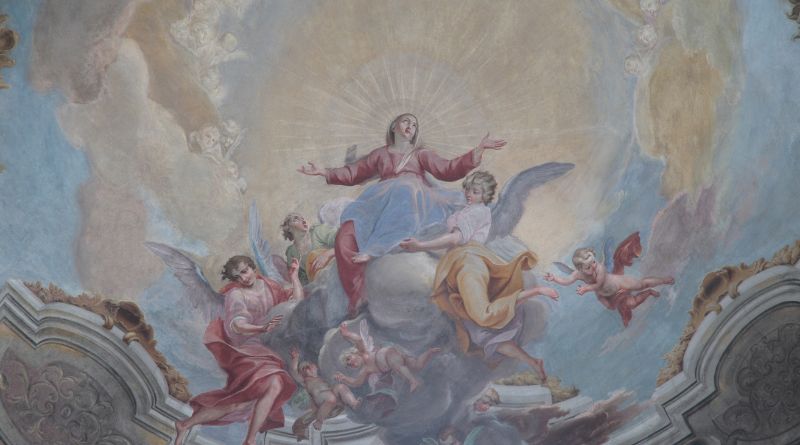The art world is experiencing a digital renaissance, a transformation in how art is created, viewed, and purchased. This shift has profound implications for collectors and artists alike, heralding a future where the acquisition of art is predominantly an online endeavor. For a firsthand experience, visit http://angelo.app/ and discover a new way to explore and acquire art from the comfort of your own home. This article explores why buying art online is not merely a trend but a revolution that is reshaping the very foundation of art collecting.
The Democratization of Art: Accessibility for All
Traditionally, the art world has been perceived as exclusive, reserved for the few who could visit galleries in person and afford to invest in art. Digital platforms have democratized this process, making art accessible to a global audience. With artworks just a click away, collectors no longer need to travel to distant galleries or art fairs to find the perfect piece. This increased accessibility is encouraging a more diverse group of people to appreciate and purchase art, expanding the market beyond its previous confines.
The Global Art Gallery: A World Without Borders
The rise of online art platforms has created a global art gallery without physical limitations. Collectors can now discover artists from around the world, transcending geographical and cultural barriers. This global exposure is not only beneficial for collectors but also for artists, who can reach an international audience without the need for representation by physical galleries. As a result, the art market is becoming more inclusive and varied, providing a richer selection for collectors.
A New Generation of Collectors: The Digital Natives
The millennial and Gen Z generations, having grown up with the internet and e-commerce, are comfortable with the concept of online shopping. This comfort extends to buying art online. Digital natives are more likely to engage with art through social media and online galleries, appreciating the ease with which they can find and acquire new pieces. As these generations accumulate wealth, they are poised to become the predominant art buyers, favoring the digital experience over traditional methods.
The Art of Convenience: Streamlining the Acquisition Process
The convenience of purchasing art online is undeniable. Digital galleries are open 24/7, allowing collectors to browse and buy at their leisure without the constraints of gallery opening hours. Online payment systems and digital communication facilitate swift transactions and immediate dialogue with sellers. Moreover, advanced preview tools enable collectors to visualize how the artwork will look in their space, further simplifying the decision-making process.
Investing in the Intangible: The Rise of Digital Art and NFTs
The advent of blockchain technology and Non-Fungible Tokens (NFTs) has given birth to a new class of digital art. This art form offers unique ownership rights, authenticity, and provenance through blockchain, which is particularly appealing to the tech-savvy collector. As digital art and NFTs gain legitimacy and prominence, they are attracting a new wave of investors and enthusiasts to the art market.
Overcoming the Digital Divide: Trust and Authenticity Online
Trust and authenticity are paramount concerns when buying art, particularly online. The future of collecting hinges on the ability of platforms to provide verification and assurance to buyers. Online galleries and marketplaces are increasingly offering detailed provenance information, artist verification, and secure payment methods to build trust with their clientele. As these systems become more robust, the hesitancy to purchase art online diminishes, paving the way for a fully digital collecting experience.
Sustainability and the Art Market: A Greener Way to Collect
Online art buying is not just a matter of convenience or accessibility; it is also a more sustainable option. It reduces the need for physical transport to view or purchase art, cutting down on the carbon footprint associated with traditional art dealing. As awareness of climate change grows, the eco-friendly aspect of online art collecting is becoming more appealing to environmentally conscious collectors.
The Personal Touch: Customization and Customer Service
Personalization is a key trend in e-commerce, and the art market is no exception. Online platforms are harnessing data to provide personalized recommendations, catering to the individual preferences of collectors. Exceptional customer service, including art advisory and consultancy services, further enhances the online buying experience, combining the convenience of digital platforms with the personalized touch of traditional galleries.
The shift towards online art collecting is a natural progression in an increasingly digital world. It offers numerous advantages, including accessibility, convenience, and a broader selection of works. As technology continues to evolve, the tools and platforms that facilitate online art buying will become more sophisticated, further solidifying the internet as the primary venue for the future of art collecting. By embracing the digital revolution, collectors and artists alike can participate in a vibrant, global art community that is open and accessible to all.

